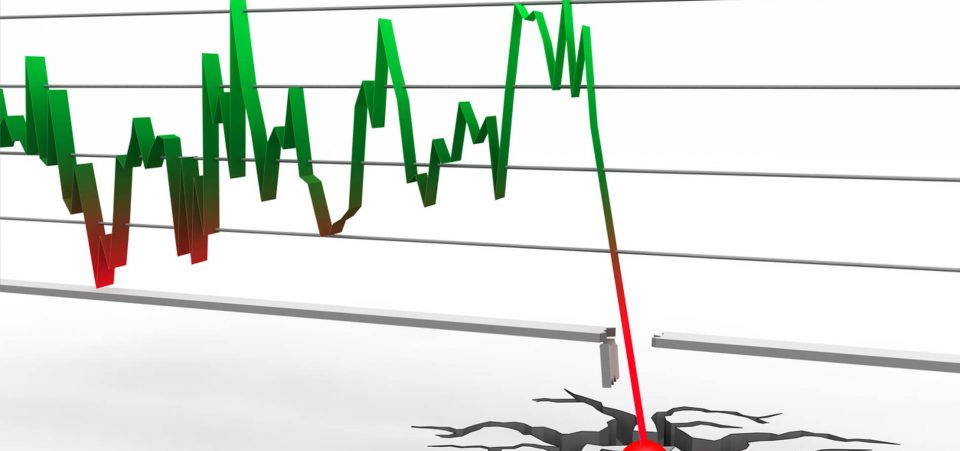Extremely High Valuations Say Stock Market Crash Ahead?
Don’t ignore valuations when trying to figure out the direction of the key stock indices. Sadly, they are extremely expensive as it stands…and are saying that a stock market crash could be possible.
Understand this: if you look at the long-term data, you will see that markets tend to fall back to their long-term average valuations. When that happens, it’s a great time to buy stocks. Not when the valuations are extremely above their average. A stock market crash eventually follows that situation.
Consider the forward 12-month price-to-earnings (P/E) ratio of the S&P 500. It currently stands at 18.00. This is above the five-year average of 15.7 and 10-year average of 14.1. (Source: “Earnings Insight,” FactSet, November 17, 2017.)
To see the last time it was above 18, you’d have to go all the way back to around 2003.
This isn’t all; look at the cyclically adjusted price-to-earnings (CAPE) ratio. It’s essentially a P/E ratio that’s adjusted for inflation and cyclicality.
This ratio stands at 31.30.
The last time it was this higher than this was in August of 2001.
How high is the CAPE ratio relative to its long-term average? Eighty-six percent above its historical average.
The long-term average of the CAPE ratio since 1881 is around 16.80. (Source: “Online Data Robert Shiller,” Yale University, last accessed November 23, 2017.)
Don’t just stop here.
Look at the total market capitalization to GDP ratio. It essentially compares how the markets are valued relative to the U.S. GDP.
If the ratio is at 50%, it means the markets are severely undervalued. If the ratio is at 115%, it means the markets are significantly overvalued.
Currently, this ratio stands at 138.5%!
The highest point ever recorded on this ratio was 148%, in 2000, during the tech bubble.
Note that legendary investor Warren Buffett considers this ratio a very critical measure of valuation.
Where Do We Go From Here?
As said earlier, a stock market crash will generally follow valuations going extremely above their long-term average.
We have seen this happen over and over again. It’s called “reversion to the mean.”
It’s time to buy when valuations are below their long-term average. And it’s time to be careful when they are above it.
For instance, look at the CAPE ratio. In 1999, it was as high as 44.00. By 2009, it dropped below 14.00. It was a great time to buy then. Not in 1999.
Are We Nearing a Stock Market Crash?
Dear reader, it’s important not to take the number itself as an indicator to sell or predict a top.
Over the years, I have learned a few things. And one of the most important lessons is never to predict tops and bottoms. They are impossible to nail down. Markets can go higher despite valuations being high. Remember 1998? We were hearing calls for a crash. Market tops didn’t form until 2000.
Once the market top forms, it become very evident. Usually, no amount of good news can lift the markets higher.
I am more concerned about how ready you are when a stock market crash actually follows a period of high valuations. It’s after the crash that you can find the best opportunities that pay immense returns. Not when markets are trading at severely high valuations.






